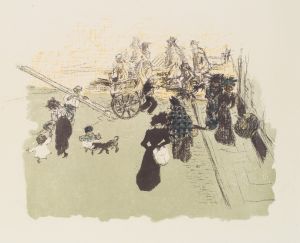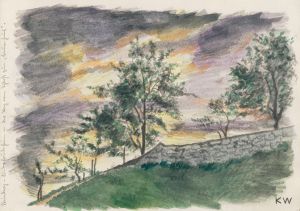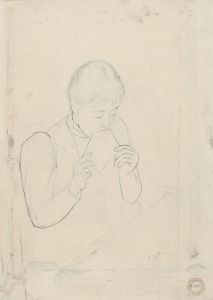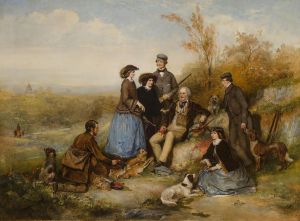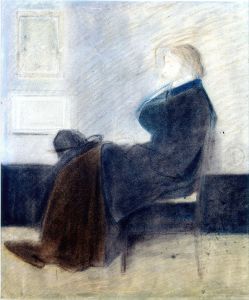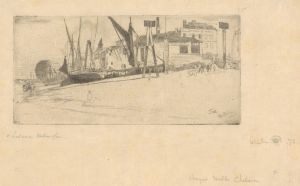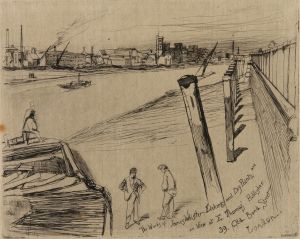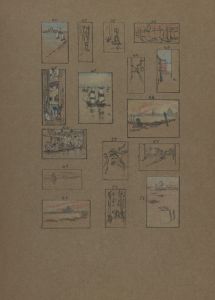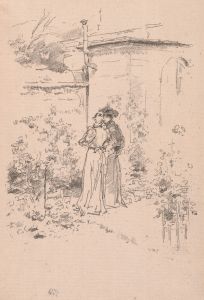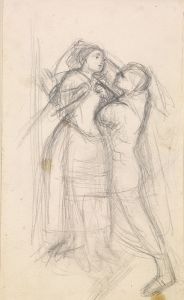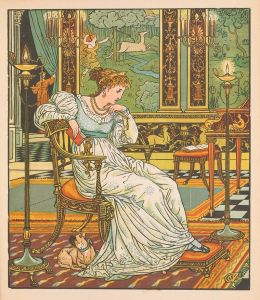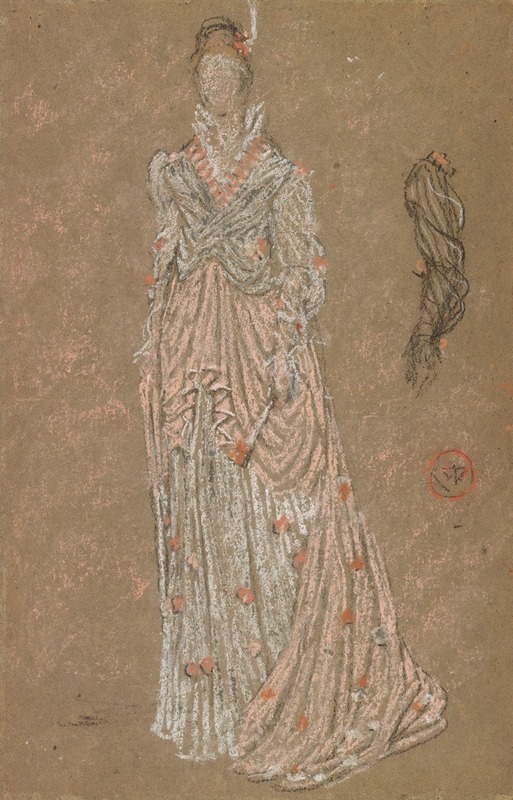
Study
A hand-painted replica of James Abbott McNeill Whistler’s masterpiece Study, meticulously crafted by professional artists to capture the true essence of the original. Each piece is created with museum-quality canvas and rare mineral pigments, carefully painted by experienced artists with delicate brushstrokes and rich, layered colors to perfectly recreate the texture of the original artwork. Unlike machine-printed reproductions, this hand-painted version brings the painting to life, infused with the artist’s emotions and skill in every stroke. Whether for personal collection or home decoration, it instantly elevates the artistic atmosphere of any space.
James Abbott McNeill Whistler was an American artist active during the late 19th century, known for his contributions to the Aesthetic Movement and his influence on the art world through his innovative style and approach. One of his works, titled "Study," exemplifies his artistic philosophy and technique. Whistler's work often focused on the harmony of color and form, emphasizing mood and atmosphere over detailed representation.
"Study" by Whistler is a testament to his belief in "art for art's sake," a principle that suggests art should be appreciated for its beauty and composition rather than its narrative content or moral message. This approach was a departure from the more traditional, narrative-driven art of the time. Whistler's emphasis on aesthetic beauty and tonal harmony can be seen in his use of color and composition in "Study."
Whistler was known for his distinctive use of a limited color palette, often employing subtle gradations of tone to create a sense of depth and mood. In "Study," this technique is evident in the way he manipulates light and shadow to evoke a particular atmosphere. His brushwork is often delicate and precise, contributing to the overall sense of harmony and balance in the composition.
The artist's interest in Japanese art and design also influenced his work, including "Study." Whistler admired the simplicity and elegance of Japanese prints, which is reflected in his own work through the use of asymmetrical compositions and an emphasis on line and form. This influence is part of what made Whistler's work stand out during his time, as he incorporated these elements into a Western art context.
Whistler's "Study" is also notable for its focus on the subject's pose and expression, capturing a moment of introspection or contemplation. This aligns with Whistler's broader artistic goals of capturing the essence of a subject rather than a detailed likeness. His portraits often convey a sense of mystery and ambiguity, inviting viewers to engage with the work on an emotional level.
Throughout his career, Whistler was a controversial figure, known for his outspoken personality and legal battles, most notably his libel suit against art critic John Ruskin. Despite these controversies, Whistler's work, including "Study," has had a lasting impact on the art world. His innovative approach to composition, color, and form helped pave the way for modern art movements that followed.
In summary, "Study" by James Abbott McNeill Whistler is a reflection of the artist's commitment to aesthetic beauty and his innovative approach to art. Through his use of color, composition, and influence from Japanese art, Whistler created works that challenged traditional notions of art and left a lasting legacy on the art world.





